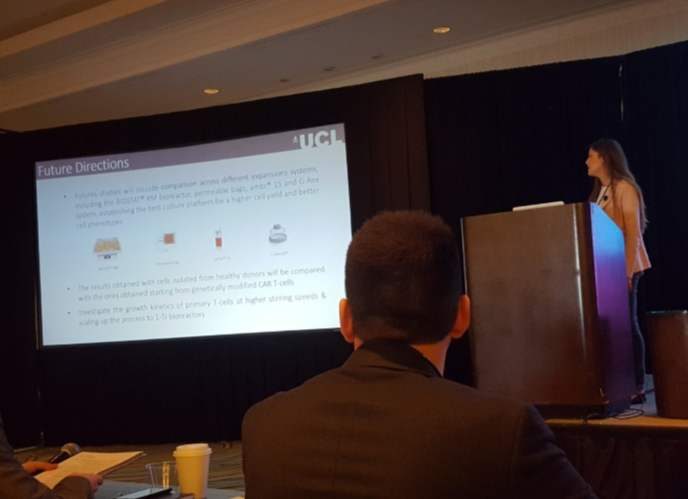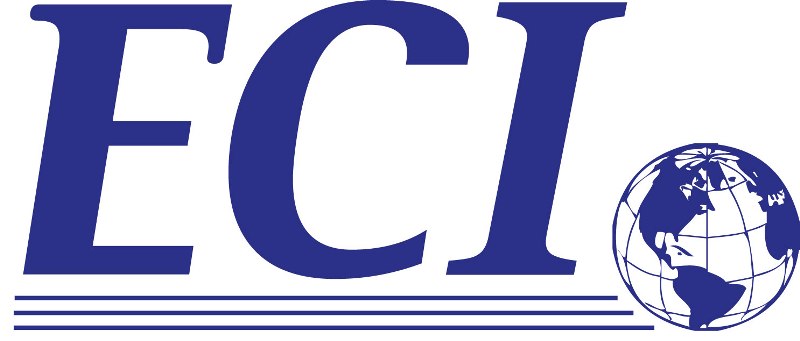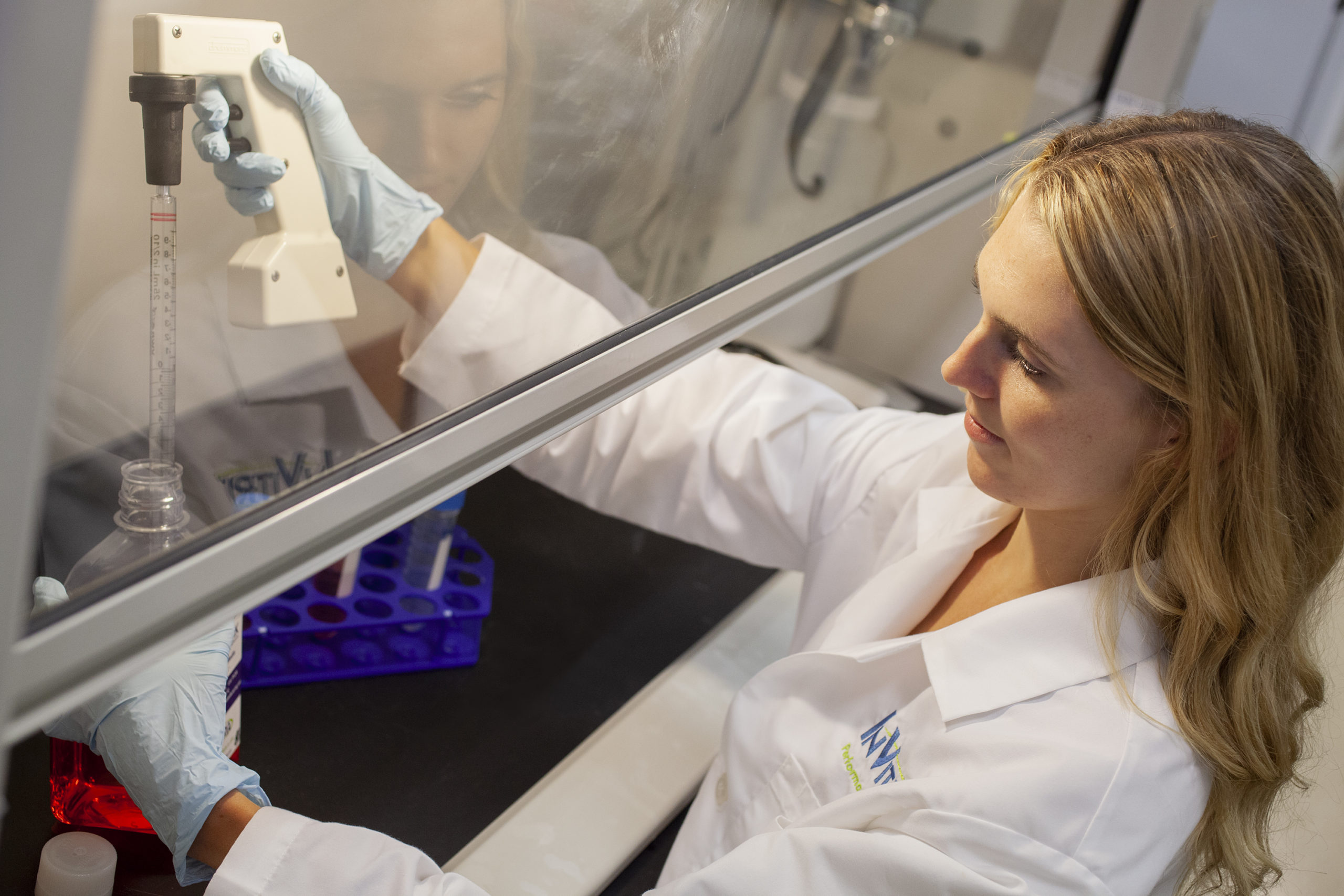- Home
- ECI Conference 2019: The Latest Innovations and Trends in Cell & Gene Therapy
ECI Conference 2019: The Latest Innovations and Trends in Cell & Gene Therapy
Published on 4 February 2019
Randy Alfano Ph.D.
This week the InVitria team had the pleasure of attending Engineering Conference International (ECI) in Coronado, CA. The event’s theme was Advancing Manufacture of Cell and Gene Therapies which showcased some of the most recent innovations, trends and thought leaders in the industry.
Maintaining Quality During Scale-Up
As we attended sessions, keynotes and discussions throughout the conference, the topic that sparked the most engagement and questions was around how to achieve scale-up in manufacturing while simultaneously maintaining product quality.
 Lara Silverman of DiscGenics presented schemes in how to take a 2D flask-based process to bioreactors with the help of GE Healthcare. Likewise, Peter Fuhrken of FUJIFILM Cellular Dynamics also presented his process development data around improving yields in clinical grade iPSC on microcarriers.
Lara Silverman of DiscGenics presented schemes in how to take a 2D flask-based process to bioreactors with the help of GE Healthcare. Likewise, Peter Fuhrken of FUJIFILM Cellular Dynamics also presented his process development data around improving yields in clinical grade iPSC on microcarriers.
Another memorable session during the event around this topic was delivered by Ryan Larson of Juno Therapeutics. During his session he focused on the identification of CAR-T cell critical quality attributes and critical process parameters to make CAR-T manufacturing a success.
Rounding out this topic, Tom Brieva of Celgene covered how his team developed a successful commercial CAR-T manufacturing process on a short timeline and Dina Ibrahim of Kite Pharma, Inc. presented her insights on automation in data capturing and monitoring during manufacturing.
Animal Component-Free Media For Cell & Gene Therapy
Another hot topic during ECI was animal component-free media for cell therapy and gene therapy. Several speakers mentioned the need to eliminate blood components and serum from cell culture media designed for clinical applications. These speakers presented how they’ve optimized their statistical and biochemical approaches with serum-free media design that demonstrated equivalent performance to fetal bovine serum (FBS).
This trend calling for a defined environment for producing cells with defined characteristics was also voiced by GE Healthcare Life Science’s Chief Digital Officer, Ben Newton. He shared how GE is improving efficiencies by using data analytics and digital solutions to move away from serum and identify media components key to optimizing system yields.
My Top ECI Conference Keynote Takeaways
My personal highlights from ECI were the keynote speakers. These speakers provided numerous insights and updates in our field along with inspirational stories on how innovations are positively impacting the lives of patients around the world.
Notably, Allan Kaspar of AveXis proved that this group continues to break barriers in treating Spinal Muscular Atrophy (SMA) with the gene therapy AVXS-101 program. This program showed impressive clinical data in halting SMA progression in multiple clinical studies. Jan Joseph Melenhorst of University of Pennsylvania described the complex biology behind differential response observed in chronic lymphocytic leukemia (CLL) patients treated with the CD19 CAR-T-cell therapy and the implications for future product development that this fundamental research could offer.
To conclude the conference, Greg Russotti of Celgene reminded us of why we have worked so hard to contribute to this field as he shared stories directly from patients who have received CAR-T-cell treatment and have beaten their diseases. He also reminded us of the patients who have died waiting for the same treatment, and how it is time to put the ideas discussed at the conference to practice.
Our Role & Commitment
This year’s ECI conference was a very productive conference that was highlighted by a community of industry professionals and solution providers discussing today’s most important challenges, innovations and research.
At InVitria, we are committed to being part of the solution. We offer quality products and custom media formulation services that ensure consistent outcomes in manufacturing scale-up and enable cell and gene therapy innovations.

